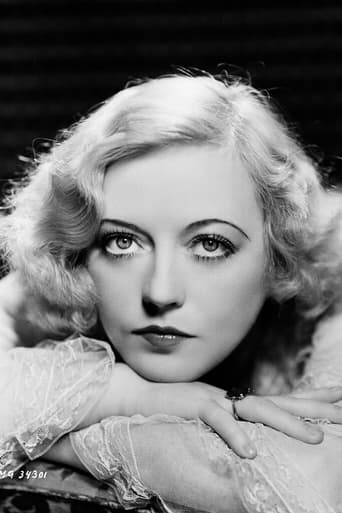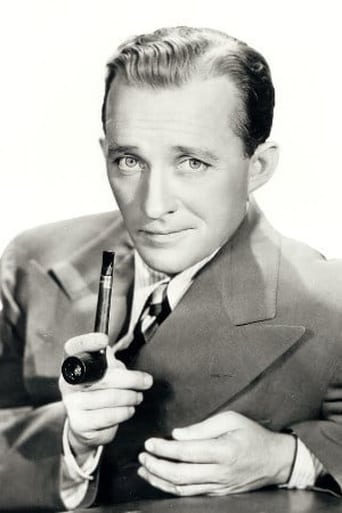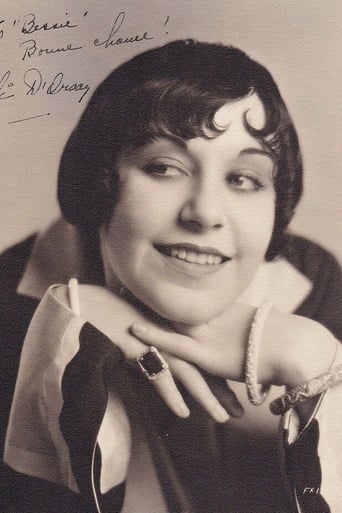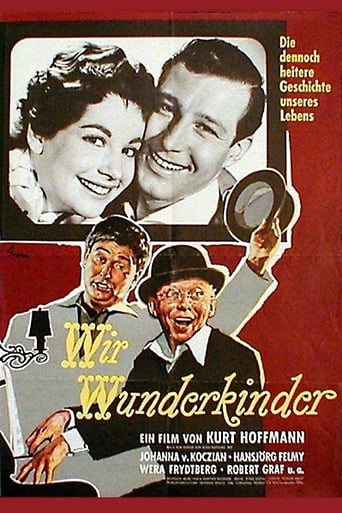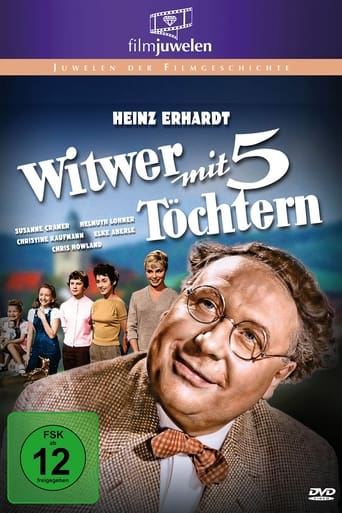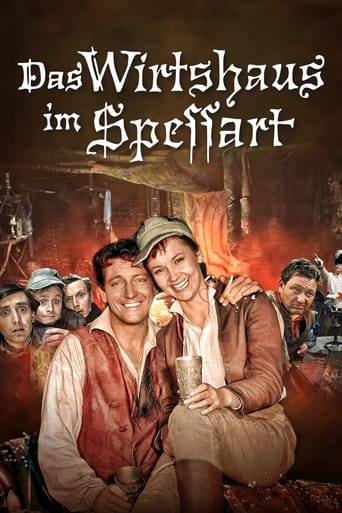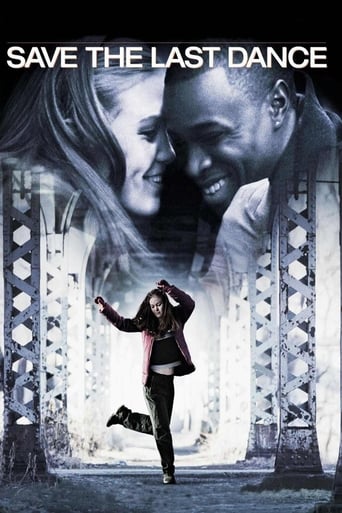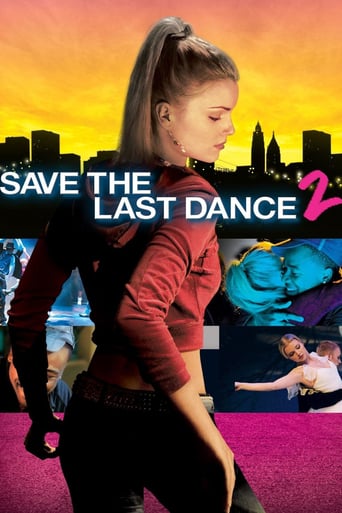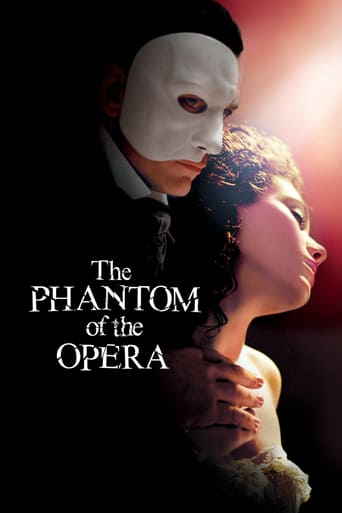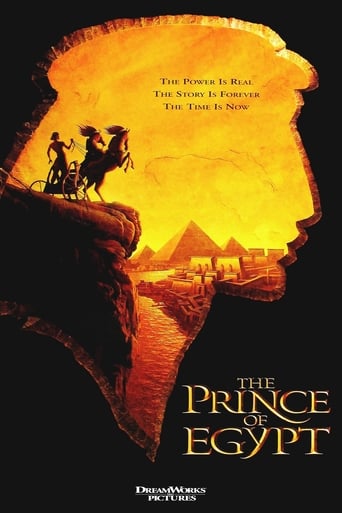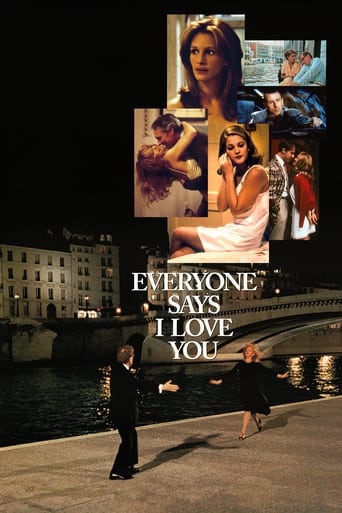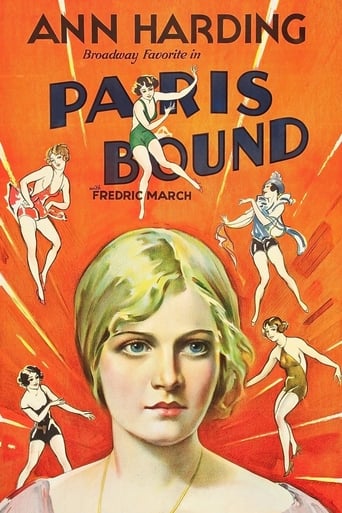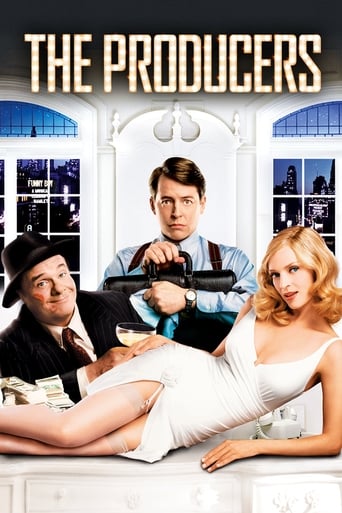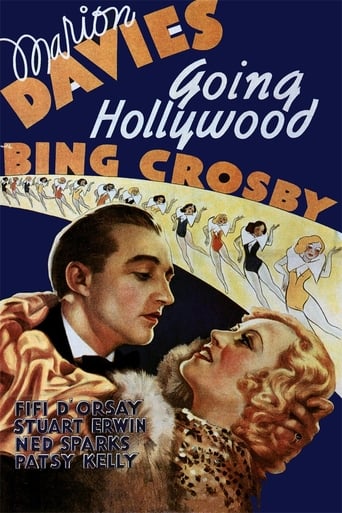
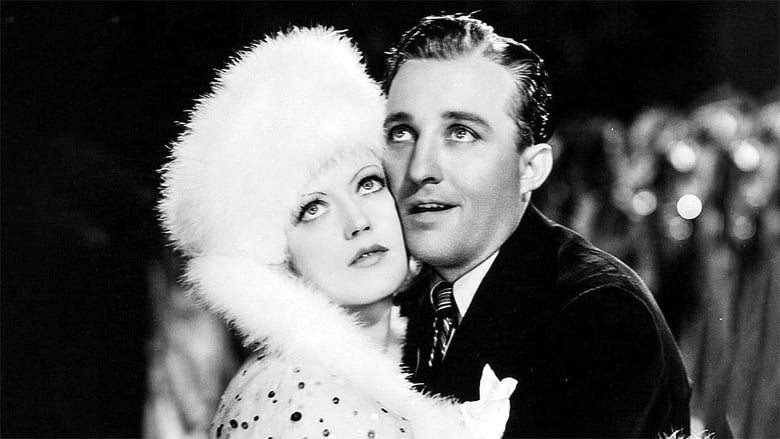
Going Hollywood (1933)
The film tells the story of Sylvia, a French teacher at an all-girl school, who wants to find love. When she hears Bill Williams on the radio, she decides to go visit and thank him. However, difficult problems lay ahead when Lili gets in the way.
Watch Trailer
Cast


Similar titles
Reviews
Good films always raise compelling questions, whether the format is fiction or documentary fact.
While it doesn't offer any answers, it both thrills and makes you think.
Great story, amazing characters, superb action, enthralling cinematography. Yes, this is something I am glad I spent money on.
One of the most extraordinary films you will see this year. Take that as you want.
'Going Hollywood's' biggest attraction was Bing Crosby, who had one of the most beautiful and distinctive male (and in general) singing voices on film, as well as being a master of how to use it.Crosby is certainly the best thing about 'Going Hollywood'. He seems relaxed, has a lot of charm and looks and sounds wonderful, his beautiful smooth voice used with impeccable phrasing and control as always. Great songs also helps, something that 'Going Hollywood' certainly has, the standouts being the title song, "Temptation" and "Beautiful Girl".Of the production numbers, choreographically the best is the train station sequence which is so lively and entertaining. Although Raoul Walsh did seem a bit of an odd choice at first as director, often going for the tougher and darker edge to his films, but he does direct with a light touch without being too lightweight. Really enjoyed Patsy Kelly, who brings plenty of sass and allure. While going on a little too long, the Three Radio Rogues are also entertaining, and while overlong and overblown parts of the dream sequence are quite sweet.However, was very much mixed on Marion Davies. She is attractive and does bring some charm and fun, but at other points she does look stiff and limitations in her singing and dancing show. Stuart Erwin has an appealing earnestness but has little to do, while Ned Sparks does smarmy well but the character is written with so little variation that it feels one-dimensional. Worst of all is Fifi D'Orsay, her character being an annoying cartoonish caricature made even more insufferable by that D'Orsay overacts to such a wild degree.While some of the dream sequence was quite nice, the dancing scarecrows part does feel really bizarre and also jars. The bit with the blackface is neither cute or funny and even those who hardly ever scream racism will find it in bad taste. The script has some wit, but is also shallow and flaccid. The story while at first lively in pace constantly feels too convenient and too neatly wrapped up, while also dragging towards the end, having a premise and romance that rarely rings true and being paper thin. Characterisation is even thinner, development practically forgotten about.All in all, many charms but also some big caveats. 5/10 Bethany Cox
The next time you're in Grand Central Terminal in Manhattan, take a good look at the art deco train station, then give this movie another (or first) viewing. You too, will get a sense of nostalgia as Bing Crosby breaks into the title song. Toss in former girl's school teacher Marion Davies as the star-struck young lady who reluctantly ends up becoming an actress, temperamental Fifi D'Orsday (in her biggest film role), funny Patsy Kelly, money man Stuart Erwin, and sour-pussed Ned Sparks, and you have a dyslexic "42nd Street" where the extra gets to be a film star rather than the chorus girl getting to be a Broadway star. The film becomes a bit dramatic, almost a variation of "A Star is Born" as Crosby descends into possible alcoholism after a misunderstanding with Davies (concerning French spitfire D'Orsday), so the second half is a major "mood swing". However, there is a very amusing opening sequence with moonstruck young Davies absent from a teacher's meeting (definately half the age of the others) which includes Clara Blandick as the confidante who is far more easy going than the elderly teacher who proclaims, "I'm ancient Greek history" and the masculine gym instructor who answers her attendance call with a very macho "Here I am." Miss Briarcroft, the principal, who gets absolutely no billing even in the unbilled credits, appears slightly younger, but her hatred towards the radio and music and romance in general is certainly the push that Davies needed to get out of a life she hated and into the glorious gowns and furs at MGM. This scene was basically repeated by Suzanne Pleshette in the 1960's soaper "Rome Adventure" where she went "Viva Italiano" rather than to tinseltown. Some of MGM's brightest stars of the time appear in newsreel footage after a sequence which breaks the record as the fastest train ride ever from New York to Hollywood....3 minutes! Sam McDaniel (Hattie's brother) is the Grand Central porter who dryly sings "Where ya all going'?".This enjoyably lavish spectacle also includes Crosby's seductive "Temptation" (which seems to me to be one difficult song to try and sing---it needs much acting with it as well, so that says something about der-Bingle...) and a fun dream sequence ("We'll Make Hay When the Sunshines"). Davies has a radiant smile, dances nicely in her big number, and "has never looked lovelier", as Louella Parsons would always report. But in this case, it was true, her cross-eyed gaze appropriately handled by MGM's photographic team (to William Randolph Hearst's pleasure, I'm sure.). While the title song's opening lyrics, "Out Where They Say, Let Us Be Gay!" may mean something else now, the result is Hollywood's anthem to New Yorkers who wanted to break into movies, not Californians who wanted to hit Broadway.
It's frustrating if you look at the IMDb ratings for three stars from the silent and early sound era. For some odd reason, a group of people have flooded the system with unusually high ratings for William Haines, Gloria Swanson and Marion Davies. In the last year or two, their film have shot up the charts and a completely disproportionate number of their films rank among the top 50 of the 1920s and 30s. Now some might argue that somehow these great actors have suddenly been recognized, but this is not the case. Even their bad films are getting flooded with scores of 10. Why anyone thinks this is their duty is beyond me. A great example is Haines. In a period of about 8 years, he basically made the exact plot again and again and again. The names and locations were changed, but the plot itself is identical--following the exact same pattern...yet the films are all flooded with 10s.As for Marion Davies, who starred in GOING Hollywood, this weird pattern has emerged. You'd think by looking at the ratings that she was the greatest actress of her age, though by any objective analysis this is not true. Sure, she did some wonderful films that have been rediscovered (SHOW PEOPLE, for example, is an amazing film), but her stinkers also have astronomical ratings. A good example of this is CAIN AND MABEL, a film that pretty much killed her career. 69% of the ratings its received are 10s--compared to 39% for GONE WITH THE WIND, 29% fro BEN HUR, 39% for 2001, 31.5% for RAGING BULL, THE GODFATHER (the second highest rated film on IMDb) at only about 57% and 59% for THE SHAWSHANK REDEMPTION (the highest rated film)!! So, according to the Marion Davies cult, this lousy film (and most of her films) are better than pretty much all the film on IMDb--at least that's what these inflated scores would imply. This is odd, as the book "Hollywood Hall of Shame: The Most Expensive Flops in Movie History" features the film in one of its chapters and had nothing particularly positive to say about the film--and the same could be said of the reviewers of the day. If you don't believe me about this cult-like devotion, check out the her films or the list of Top 100 from the 1920s and 1930s--her films (along with Haines' and Swanson's) dominate the lists.So let's talk specifics about GOING Hollywood. While Miss Davies appears to try her best, there are many things to hate about this film. Seeing her in Black-face pretending to be a Black extra is pretty embarrassing (and sad in the way it marginalizes Black-Americans), the acting is very, very broad and the plot itself is pretty creepy. The film begins with Marion as a teacher in a girls' school where all the other teachers and the principal are dried up old sex-less biddies. When Marion hears one of Bing Crosby's songs on the radio, she dances about and announces to all that she's quitting her sequestered job, as she wants to experience life and love. Then, she chases after Bing--spending most of the rest of the film stalking him--and announcing that she loves him--even though she never met the man!! Isn't this a bit creepy as well as totally ridiculous?! In fact, such a film could never be made today...unless it was intended as a horror/suspense film, such as THE FAN!! Aside from a dumb plot, the film is jam-packed full of very, very broad acting from Fifi D'Orsay (who is more a caricature than a realistic portrayal), too much singing (I can't blame the movie entirely for this, as this was not unusual for 1933) and the ridiculous way everything works out perfectly just like in A STAR IS BORN. It's perfectly dreadful in places and is, at best, a silly time-passer. It also seems to encourage sickos to stalk Hollywood stars--after all, it all works out great in the end!!Don't believe the hype and don't believe the Kool-Aid drinkers who would make this film appear to be one of the greatest of the era.By the way, 32 of the top 50 films on IMDb for the 1920s star Davies, Haines and Swanson. In comparison, only one of Harold Lloyd films, two of Keaton's and two of Chaplin's made the list! If you think this is because they are all comedies, then how about none of Greta Garbo's (probably the biggest female star of the decade) and none of any of the three Barrymores (John, Lionel or Ethel) even made the list??!! Sheesh!By the way, if you care, just 9 of the top 50 films of the 1930s starred these three actors, though this is mostly due to their not having made all that many films in this decade.
Bing Crosby truly was the quintessential vocalist of his time. I strongly recommend Gary Giddins bio on Bing; an excellent reference.Anyway, the story may be weak in this film, but the songs and Bing's clear baritone voice make up for it.An interesting tidbit about this film: Of course Marion Davies was W.R. Hearst's mistress, and Hearst financed the film. Ms. Davies thus took full advantage of the situation by showing up for filming at 10 AM, shooting a scene or two before a four hour lunch replete with all the catered trimmings and wines. The day wound down by 4PM.It's no wonder it took six months to shoot this film in an era when the typical film was shot in 2 weeks!


